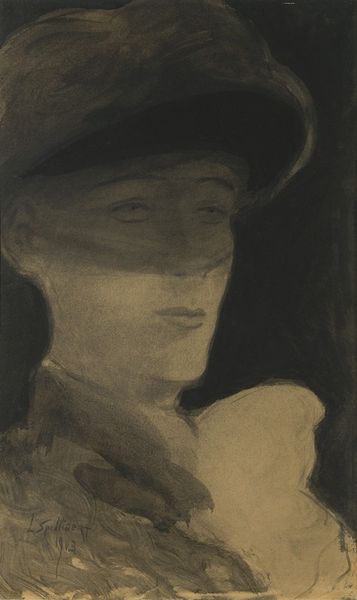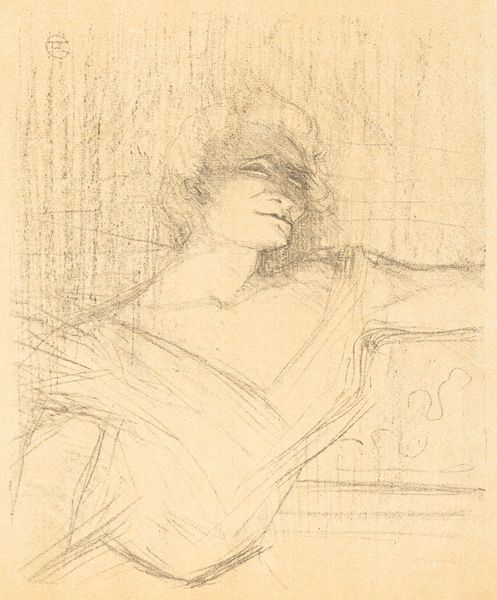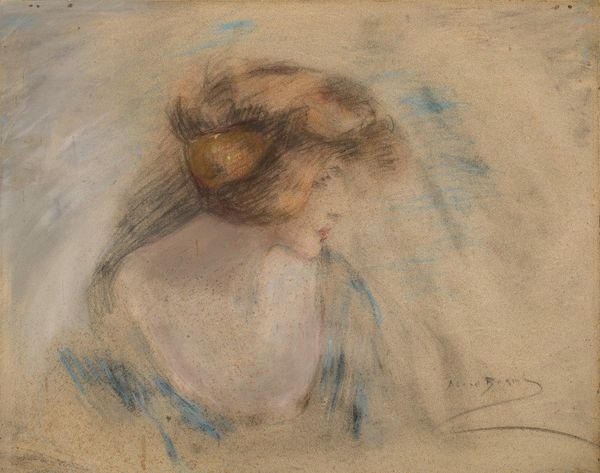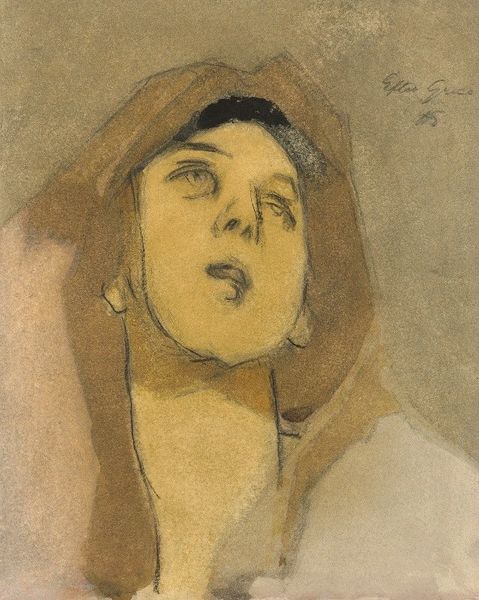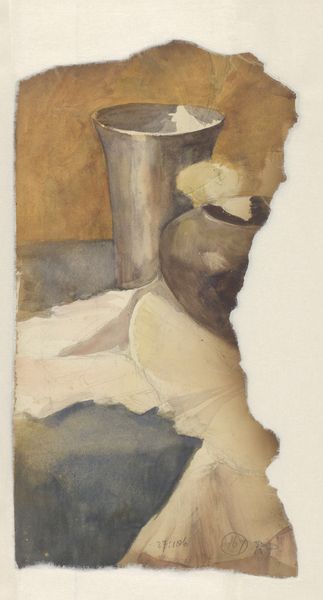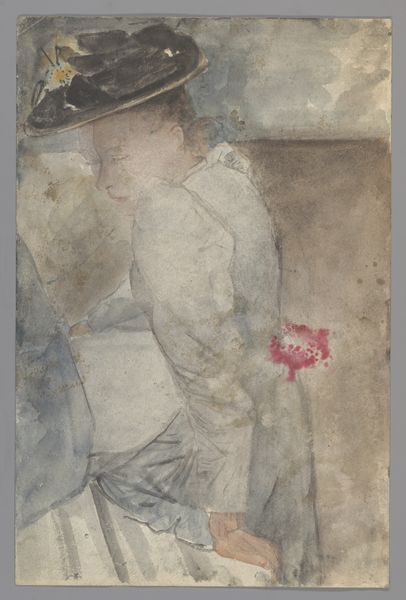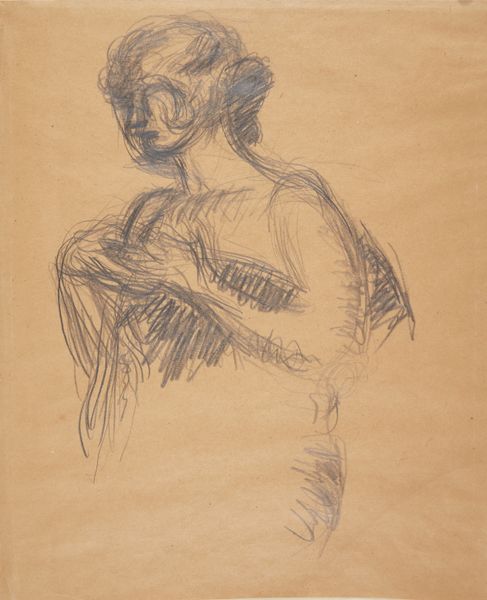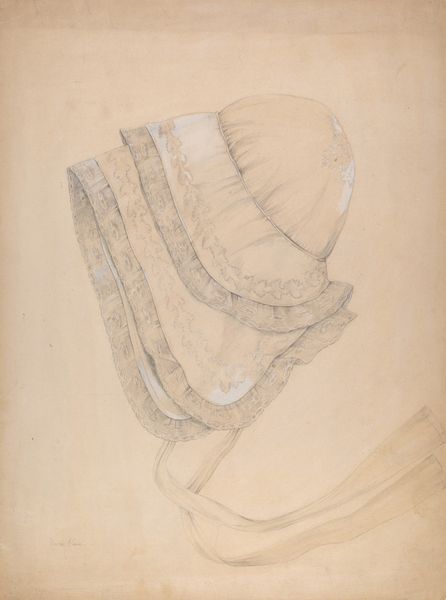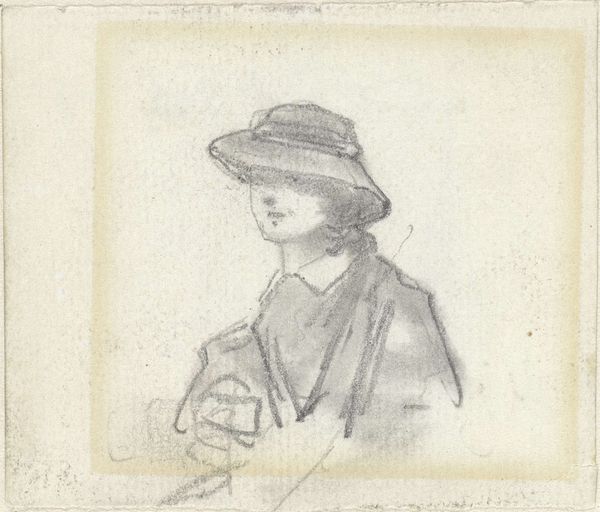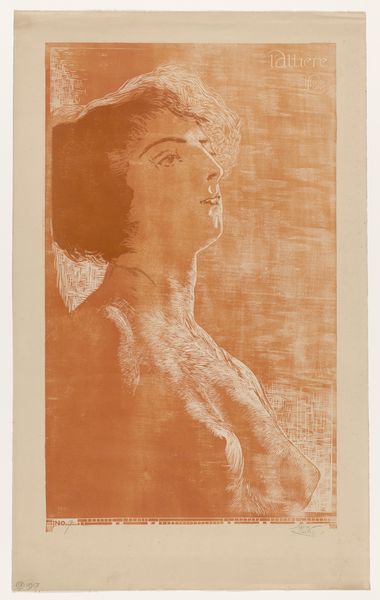
painting, watercolor
#
portrait
#
painting
#
charcoal drawing
#
oil painting
#
watercolor
#
expressionism
#
portrait drawing
#
portrait art
Copyright: Public domain
Curator: "Totentanz," or "Dance of Death," painted in 1923 by Albin Egger-Lienz. It feels so solemn and still. There is a figure with eyes closed and head resting. I’m curious to hear your interpretation. What resonates with you most about this piece? Editor: The way that the artist created the man’s face. He appears as if he is exhausted, almost lifeless. It also reminds me of portraits of soldiers returning home after war. How would you interpret this piece within its historical context? Curator: Precisely. Considering this was created shortly after the First World War, the figure’s somber state could be viewed as a reflection on the human cost of the conflict. Death was ubiquitous. How might we then read the artwork as a commentary on trauma? Editor: I hadn’t thought about trauma specifically. The artist captured it so powerfully in this one figure! The headwear adds to that trauma as it brings to mind war and manual labor. Curator: It certainly evokes themes of labor, struggle, and the anonymity of death. How can we reconcile that sense of collective trauma with individual experience? Does the work, perhaps, erase individual identities in the face of overwhelming historical events? Editor: I guess so, since we do not know anything specific about who this man is other than that he has a solemn look in his eyes and headwear. What does his “identity,” which you ask us to think about, as related to gender, class, and/or race suggest? Curator: Perhaps we can read it as representative of the working class, or the everyman. In viewing his piece in a Post-War era lens, there are undertones of anti-war sentiment within a landscape of grief, both themes Egger-Lienz dealt with throughout his practice. Is this starting to shape how you understand it? Editor: Yes, it completely reframes my understanding. It's much more than just a portrait; it's a powerful statement on war and its impact on the working class. I’ll never see a portrait quite the same way again. Curator: Agreed, it's a potent reminder of how art can reflect and critique societal trauma. We were able to expand our understanding by questioning it historically and intersectionally.
Comments
No comments
Be the first to comment and join the conversation on the ultimate creative platform.
